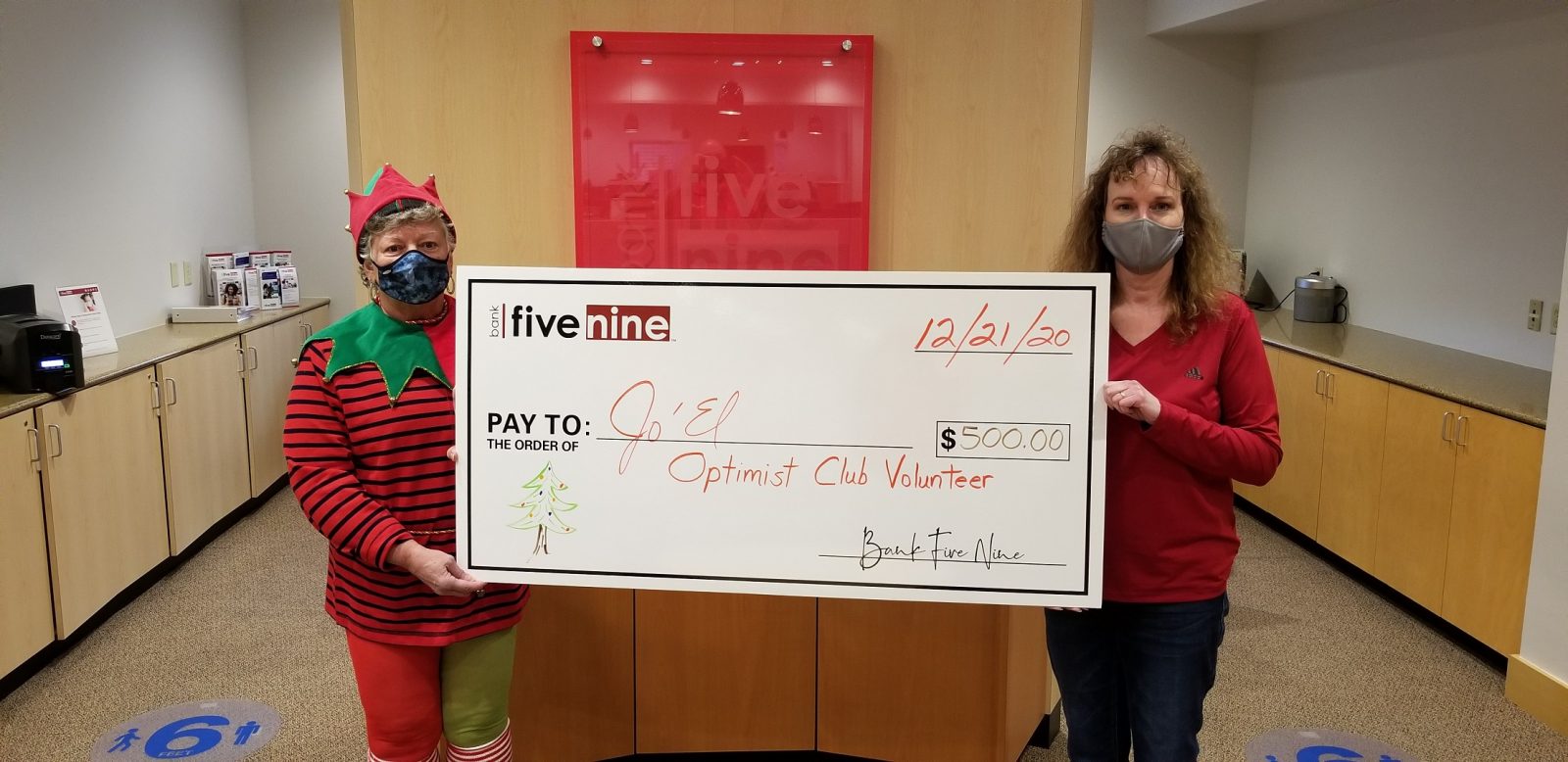Is opening a joint bank account a good idea or a bad one?
Our honest answer: It could go either way! A joint savings or checking account can make your financial life easier and less complicated if you manage your money with another person, such as a spouse or partner. However, even with their conveniences, there are pros AND cons, therefore you should also know how they work and whether it makes sense for you to have one.
What is a joint bank account?
A joint bank account is a shared bank account between two individuals.
Joint Checking Accounts work very similarly to other checking accounts in letting you write checks and use a debit card. Both owners of the account can write and deposit checks, as well as both have a debit card linked the account. Joint Savings Accounts work like general savings accounts, keeping your money safe and paying interest. The primary difference is that both people who own the account have full control over it – both individually being able to add funds or withdraw them from the account.
Who owns the money in a joint bank account?
Since the account will belong to both owners, you both have equal ownership. This means either person can withdraw or deposit money whenever they see fit.
Here are some pros and cons to think about when deciding if a joint account is right for your situation:
Pros of Joint Banking Accounts
A joint account makes it easy to plan finances and pay for expenses together, such as rent, bills and date nights
A joint account can help you save more easily together for any of your wants or needs
A joint account can allow you to share responsibilities such as paying bills or managing a budget without transferring money back and forth
Each account holder is insured by the FDIC up to allowable limits, increasing the amount of total coverage
Putting two individual’s money together can help meet the minimum balance requirements needed to get benefits like getting maintenance fees waived or rewards that result in lower interest rates on loans
If unfortunately one account holder passes away, the other will have access to the account without having to locate a will or involve a lawyer
Cons of Joint Banking Accounts:
One joint owner could overdraw the account, meaning both individuals would be on the hook for potential fees
If one account holder lets debts go unpaid, creditors can pursue money in the account for settlements
Individuals sharing the same joint account may have different tax obligations, so you may want to get advice from a pro come tax season
Both account holders can see all transactions in the account, so tension may build if you feel the other account owner doesn’t contribute their fair share of money as they stated
A joint account holder can change their mind, withdraw money and use it for something that has not been discussed. Trust, therefore, is a must for anyone sharing a bank account
Find the best joint bank account for both of you
Exploring and chatting about bank accounts is good opportunity to get comfortable talking about money. As you compare features that come with different accounts, you can decide what’s important to both of you. If you do feel a joint banking account is for you, you will want to make sure you discuss what the account will be used for. Will it be for paying everyday bills solely? Managing debt and savings? Putting money away for a big event or purchase? Once you find an account that works for both of you, follow the bank’s account opening process.
Learn about Bank Five Nine’s Personal Banking Accounts here.
How to close a joint bank account
This may be surprising, but even though it takes both individuals to open the account, only one account holder is needed to close a joint account.
At Bank Five Nine, there is a clear paper trail of who closed out the account and where the funds went (Cash, Check, another account, etc.). If one person would like to keep the account and remove a joint signer, that joint signer will need to sign a form to be removed from the account.
In conclusion
Joint accounts mean joint ownership, so we recommend that anyone looking to open one should completely trust the other joint owner, as they will have access to funds that you deposit into the account. If one would share an account with someone who has trouble sticking to a budget, this could cause more money being taken out of the joint fund than both are comfortable with. When considering the pros and cons, both owners should agree about how everything will be managed – from saving to spending.




















Recent Comments